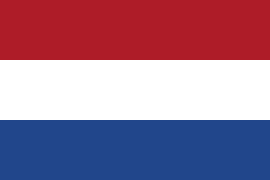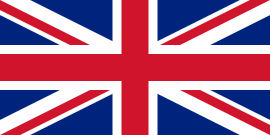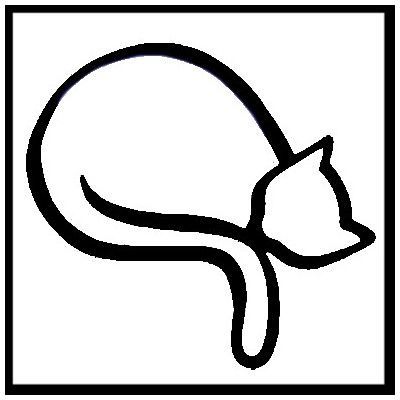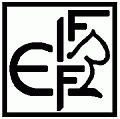|
The Ocicat is a medium sized to large cat, well spotted (with thumb-size spots well divided). The cat must look athletic. So well muscled, firm, solid body and chest, yet gracious and limber. The Ocicat is surprisingly heavy for its size. The cat reacts alert to its surroundings and shows great vitality. The cat is strong, athletic, elegant, beautifully spotted and mainly known for its "wild" appearance.
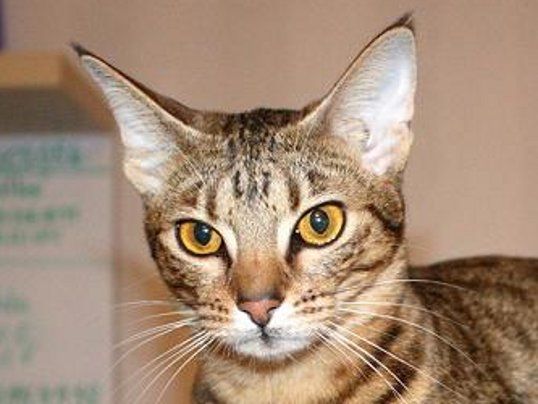 The head has a moderate wedge shape, a little longer than wide, has a firm, broad snout, which gives the impression of being square. The skull shows a slight curve from the snout to the cheeks with a clear but soft arch from the nose bridge to the brows. The chin and jaws are strong and the teeth fit well. The ears: 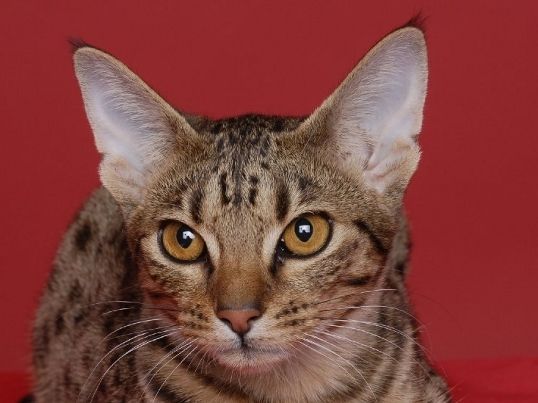 The ears are rather large, placed wide apart and follow the shape of the head. When one draws an imaginary horizontal line above the eyebrows, the ears must stand in an angle of 45°, so not too high and not too low. It's considered a bonus when the ears have plums, which have to stick out vertically above the ears. The eyes: 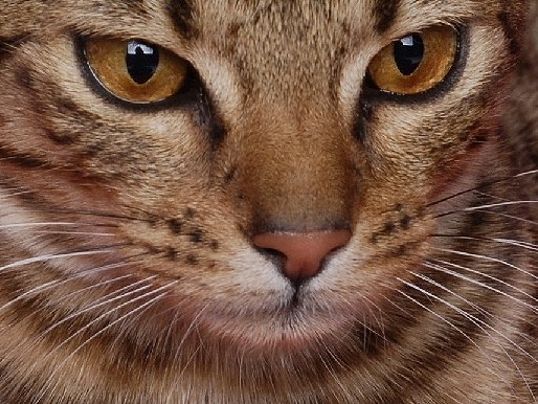 The eyes are large, almond shaped and slantingly placed. The space between the eyes must be more that the width of an eye. All colours, except blue, are allowed. An intense eye-colour is preferred. The neck: The neck is elegant and slighty curved, by which the head is carried elegantly. The body: 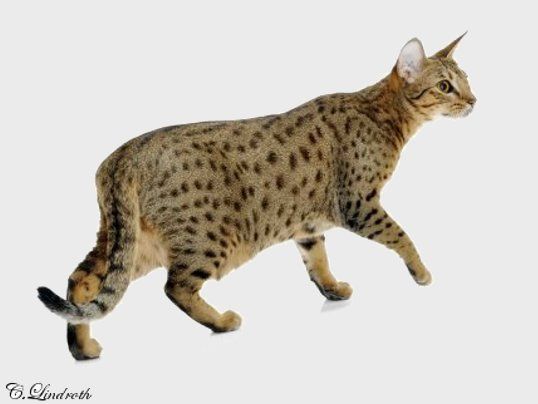 The body is rather long and solid with firm legs and well muscled, yet appears athletic. Not Oriental and not coarse. The back is flat, rising slightly towards the tail. The sides are fairly flat. The chest is deep with the ribs slightly sticking out. The legs and feet: The legs are firm, rather long, well muscled and in size to the body. The hind legs are somewhat longer then the front legs. The feet are oval and compact, well in size to the legs. The tail: 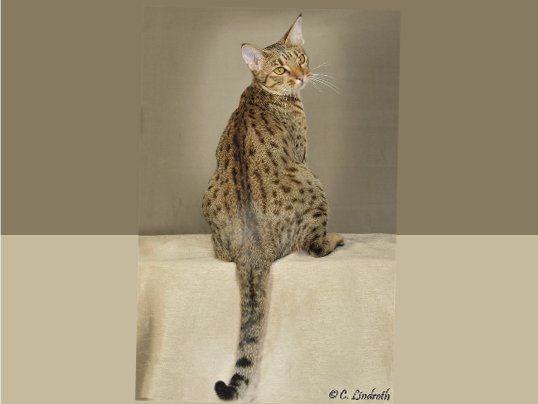 The tail is rather long, not too thin, somewhat tapered, with a dark point. The fur structure: 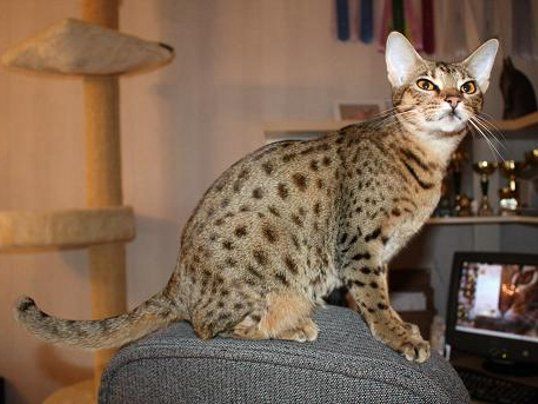 The fur is short, smooth, with a satin-like structure and shining. The may be no woolliness or longer hair length. The hairs show ticking, except the end of the tail. The hairs of the basic colour have ticking with light points. The hairs of the spots have ticking with dark point. The lightest colour is usually found in the face around the eyes, on the chin en underneath the jaws. On the rest of the face, the top of the back, the paws and the tail may be darker of colour. The darkest colour is found on the tail end. To determine the right colour of the fur, the colour of the tail end is decisive. The pattern: 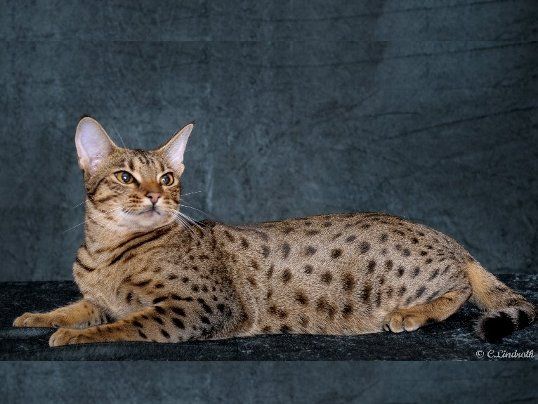 The cat has a darker spotted tabby pattern and a lighter basic colour. The pattern is clearly visible over the whole body. On the chest there is one, preferably more, not closed rings. On the shoulders and sides there are oval, thumb sized spots, going on as far down as possible. The tail has wide stripes, preferably alternated with spots. The tail end is one solid colour. The pattern may be darker on the head, the paws and the tail. The lighter colours show less contrast then the darker colours. Faults: A body that is too big in size or too coarse. Fur with unclear or too vague pattern. Blue eyes. White fur on other places that around the eyes, the nostrils, the chin and the upper part of the throat. Except of course the silvery white basic colour of the silver varieties. |
Nederlandse Burmezen Club 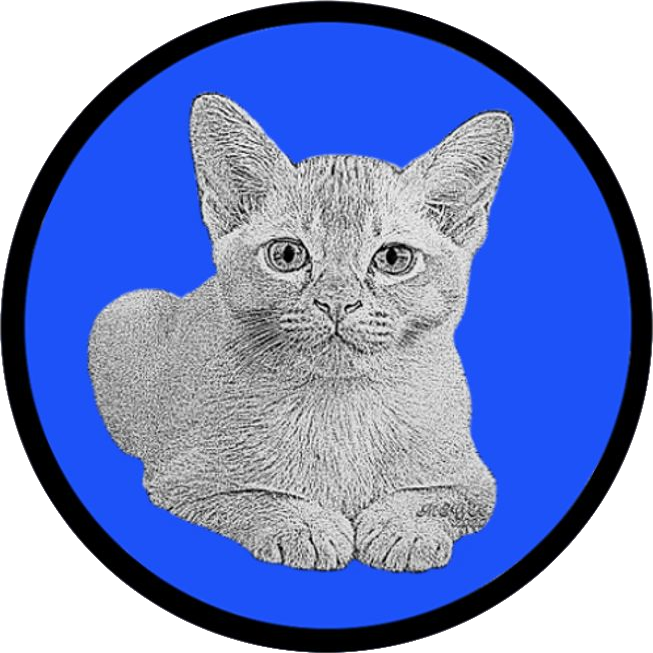 Member of Ocicat Club Holland 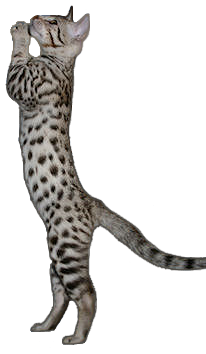 |
© 2006-2024 Cattery Nimble Nymph - Alle rechten voorbehouden


